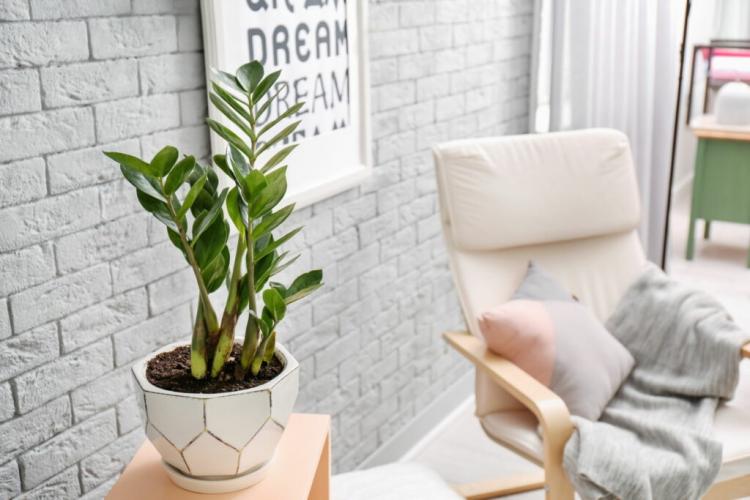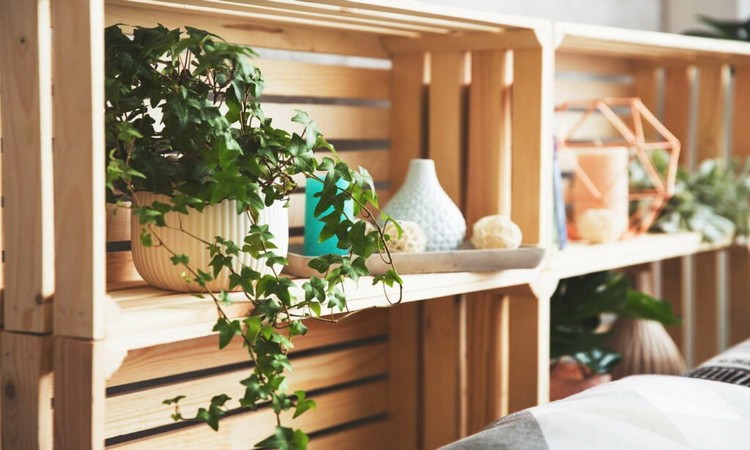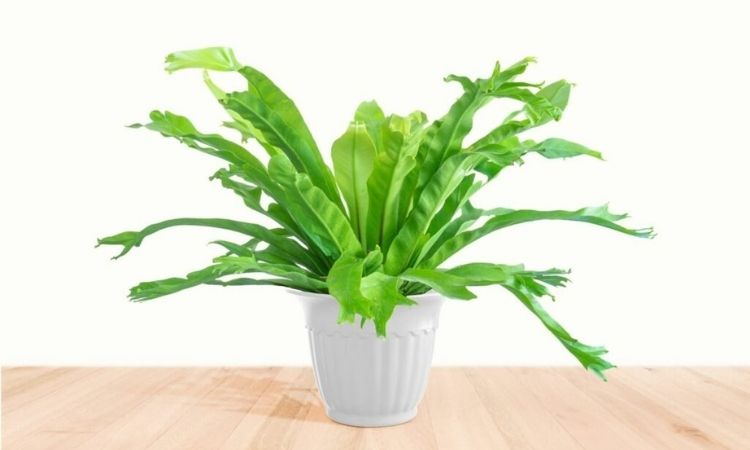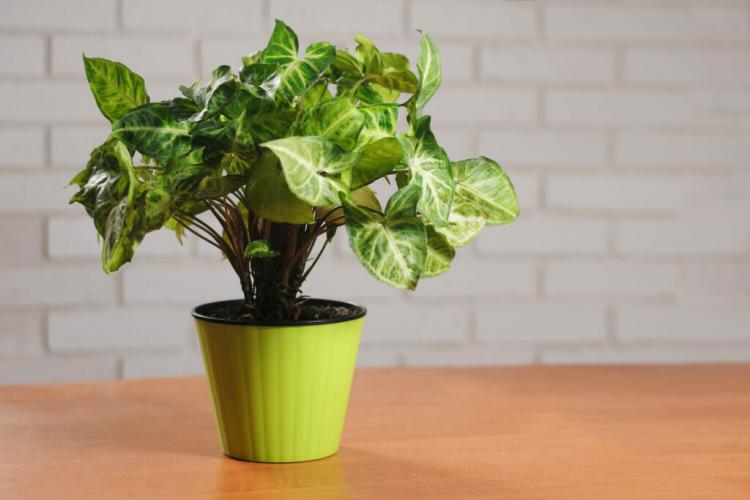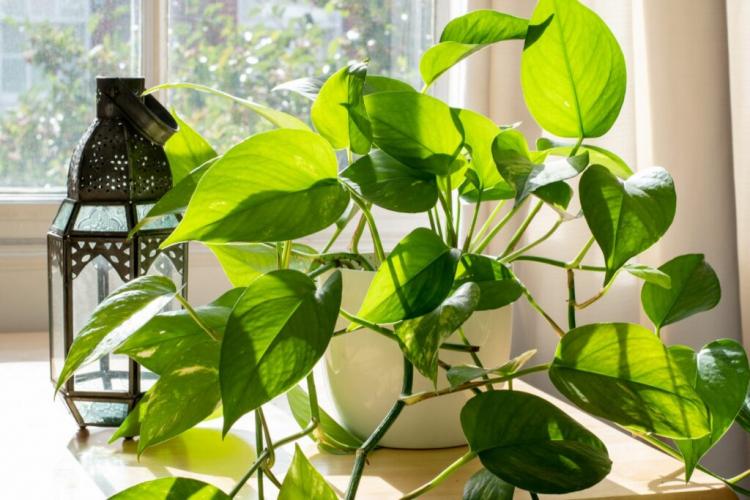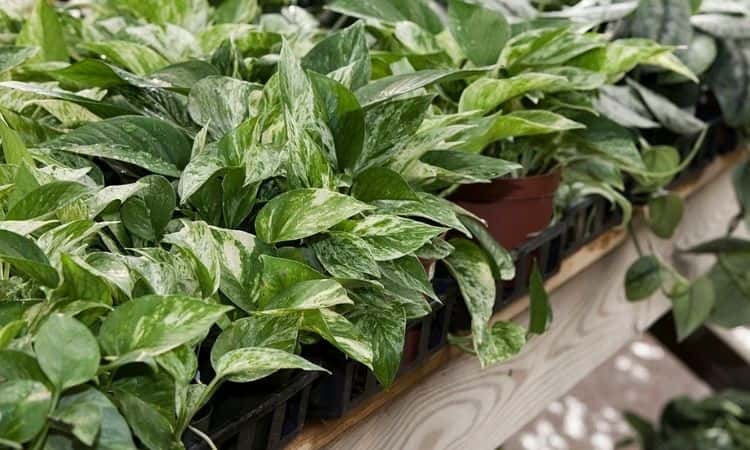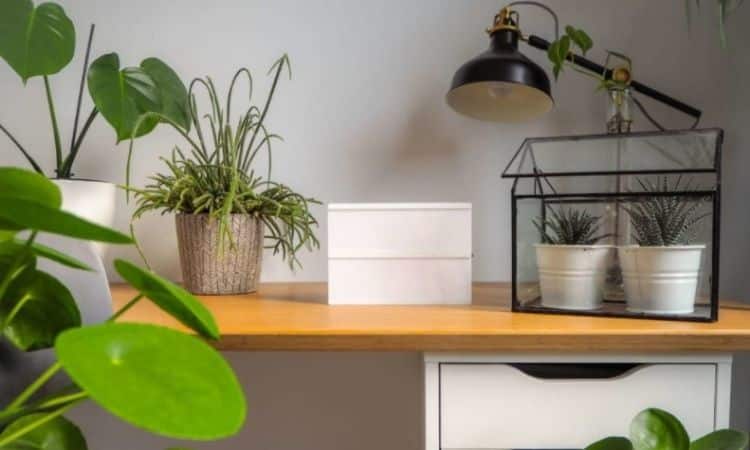Zamioculcas: Buying, Repotting & Maintaining The ZZ plant
The ZZ plant is almost indestructible as a houseplant. Here you can find out what you should consider when buying, caring for, and propagating the Zamioculcas. Do you love indoor plants, but your office or apartment is just too dark? Are you looking for an elegant companion for your windowsill? Are you longing for a breath of fresh air among your green roommates? The ZZ plant ( Zamioculcas zamiifolia ) has a lot to offer and, with all its advantages, is also easy to care for.
The ZZ plant has become the ultimate designer plant in recent years. Since it entered the German retail market almost 20 years ago, it has conquered offices, medical practices, and designer apartments in no time. It is the epitome of modern design with indoor plants. But what makes the plant so extraordinary?
Zamioculcas: origin and characteristics
Table of Contents
Zamioculcas appears extremely elegant: the long petioles are adorned with numerous paired leaves that shine in a deep dark green. In its appearance, the ZZ plant corresponds perfectly to the current fashion full of elegance and simplicity. With a height of around 60 centimeters, there is always a place where it can unfold its effect. With very good care, however, the ZZ plant can easily reach a height of 1.5 meters.
It originally comes from eastern Africa. Tanzania and the associated island of Zanzibar are its main distribution area, which is why it is also called the “Diamond of Zanzibar”. The ZZ plant grows there in mountainous regions in bushland. The adaptation to the rainy and dry months there and the inhospitable conditions has made it an easy-care houseplant.
Zamioculcas blossom: when does the ZZ plant bloom?
The ZZ plant does not necessarily bloom, but with the right tricks, you can get it to bloom. It usually blooms in summer or early autumn, as is typical of the arum family ( Araceae ): a white piston protrudes from a green bract. To stimulate your Zamioculcas to flower, you should place the plant a little cooler in winter. So it can rest over the winter. Never expect the plant to fall below 12 ° C. In addition to hibernation, regular watering promotes the formation of a flower.
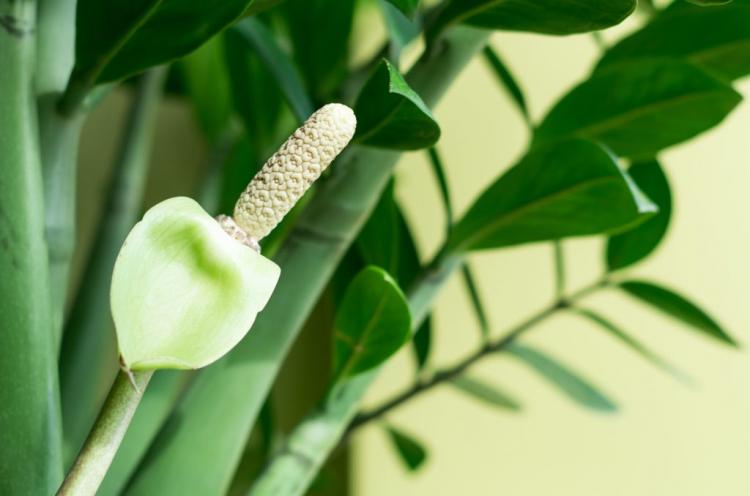
Zamioculcas varieties
The genus Zamioculcas consists of only one species, Zamioculcas zamiifolia. However, there are a few different varieties – the best known is the classic form, the name of which is simply Zamioculcas zamiifolia. The two varieties ‘Variegata’ and ‘Raven’ are striking. ‘Raven’ is a new variety that was only bred in 2017. It is characterized by its extremely dark, almost black leaves. The leaves of the ‘Vaiegata’ variety, on the other hand, are variegated in white. It is extremely decorative, but unfortunately rare and expensive.
You might so like: Hosta Plants (Cortaderia selloana): When, How & What To Fertilize?
Buy Zamioculcas
You can get the classic, simply green Zamioculcas in most nurseries. It becomes more difficult if you are looking for a special lucky feather. You can find the dark variety ‘Raven’ online at Baldur. The variegated variety ‘Variegata’ is offered on eBay from time to time.
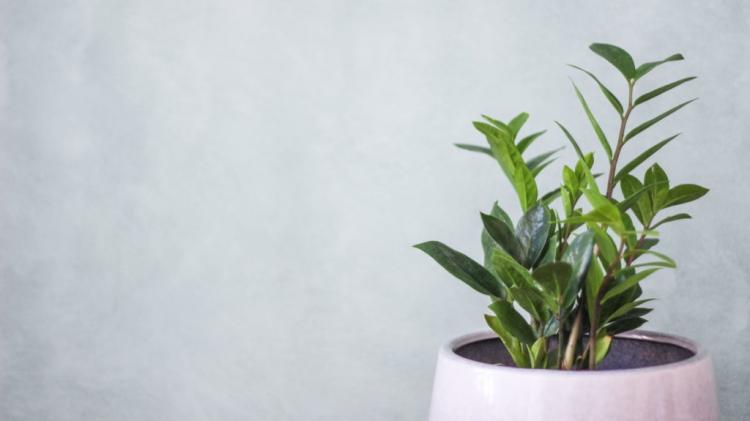
Repot the Zamioculcas
Repot your ZZ plant about once a year. The best time to do this is in spring when the new growing season begins. However, you should not give the plant a pot that is too big, otherwise, it will concentrate its strength primarily on the root growth. If your Zamioculcas is a bit older, repotting every two to three years is sufficient. It is not so important whether the selected pot is particularly wide or deep. The lucky spring adapts flexibly to this. A peat-free and sustainably organic universal soil are ideal as a substrate for the rather undemanding plant. If you mix about a third of these with sand, the water permeability improves. Otherwise, the Zamioculcas will quickly get root rot in waterlogging.
Zamioculcas propagate
Zamioculcas reproduce best vegetatively, i.e. via the runners of their rhizome instead of seeds. So you can easily propagate the plant yourself, even without a flower.
Propagate Zamioculcas by cuttings
Probably the simplest form of propagation is cuttings. Here you have the option of producing either shoot or leaf cuttings.
Instructions to propagate Zamioculcas by cuttings:
- Drove cuttings: Cut off an entire shoot with leaves on the ground. Now place the cutting in a water glass. Since the root formation takes some time, you should wrap the glass with paper or something similar to reduce the formation of algae. Once the shoot has developed enough roots, you can pot it. The advantage of this method is that you have a handsome houseplant right from the start, even if the new shoots can take a while to shoot.
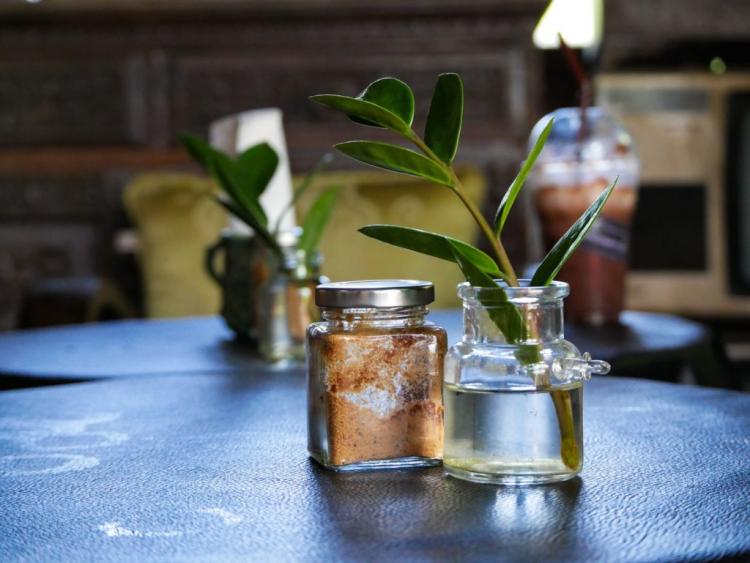
- Leaf cuttings: Instead of the whole shoot, you only need a single leaf for this. Cut it off and stick it about two inches deep in damp soil. You should then place the container with the leaf cuttings in a bright place. Now all you have to do is wait and see. Don’t worry, even if the leaf wilts and withers, a water-containing tuber usually forms in the soil. This provides the basis for new shoots. However, the whole thing can take a long time, so you have to be patient for up to a year before the plant goes into action above ground.
You might so read: Snake Plant (Sansevieria): Expert Tips For Buying, Maintaining & Propagating Mother-In-Law’s Tongue
Multiply zamioculcas by dividing
Another option for propagation is the division of the underground rhizome. When repotting in spring, you can simply pull the plant apart a little. This will help you know where it’s best to share them. Then cut them apart with a sharp and clean knife and repot both parts. Alternatively, you can plant a water-storing underground tuber separately.
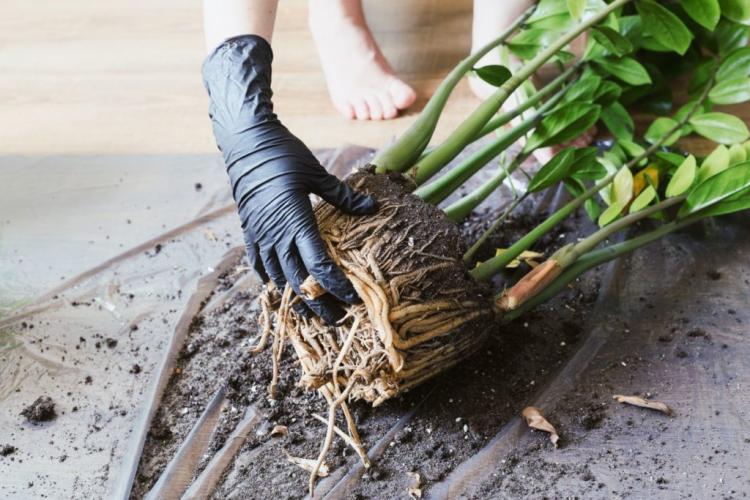
Maintaining Zamioculcas
Unpretentious as it is, the ZZ plant needs little maintenance. She takes a lot of things calmly and does not let herself get down so quickly. Always allow the soil to dry out above ground before the next watering and fertilize sparingly. Single fertilization in spring with a primarily organic long-term fertilizer provides the plant with all nutrients all year round. One of the most important factors for almost all plants is also light. But here too the lucky pen is frugal and takes what it gets.
Yellow leaves at the Zamioculcas
The yellow leaves of the ZZ plant are often the result of too much water. You should therefore water your plant a little less often or less. To prevent or reduce root rot, it is best to repot your plant as soon as possible. This is how you prevent worse things from happening.
Is the Zamioculcas poisonous?
If you like to enjoy rhubarb cake, then you will also know the sour taste of rhubarb ( Rheum rhabarbarum ). This is due to the oxalic acid it contains. This acid is poisonous in too high a dose and especially uncooked. Still, you wouldn’t think of dismissing rhubarb as poisonous and banning it from your garden, would you? Then you can certainly make friends with the slight toxicity of the ZZ plant because it also contains oxalic acid in all parts of the plant and is therefore quickly regarded as poisonous.
You might also like Are ZZ plants poisonous to dogs?
